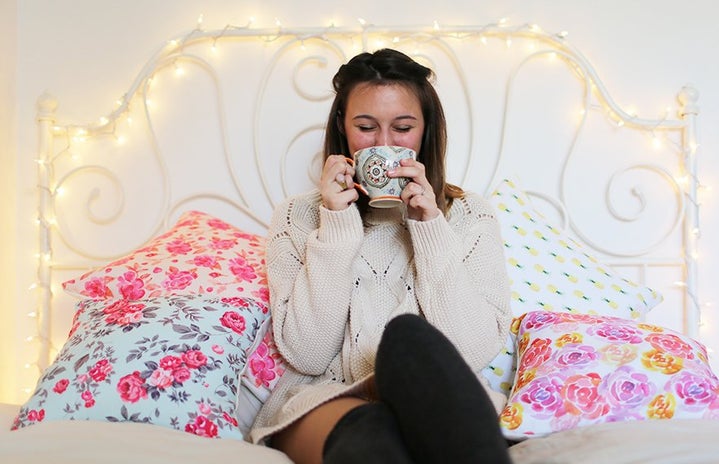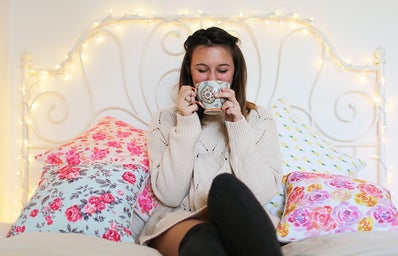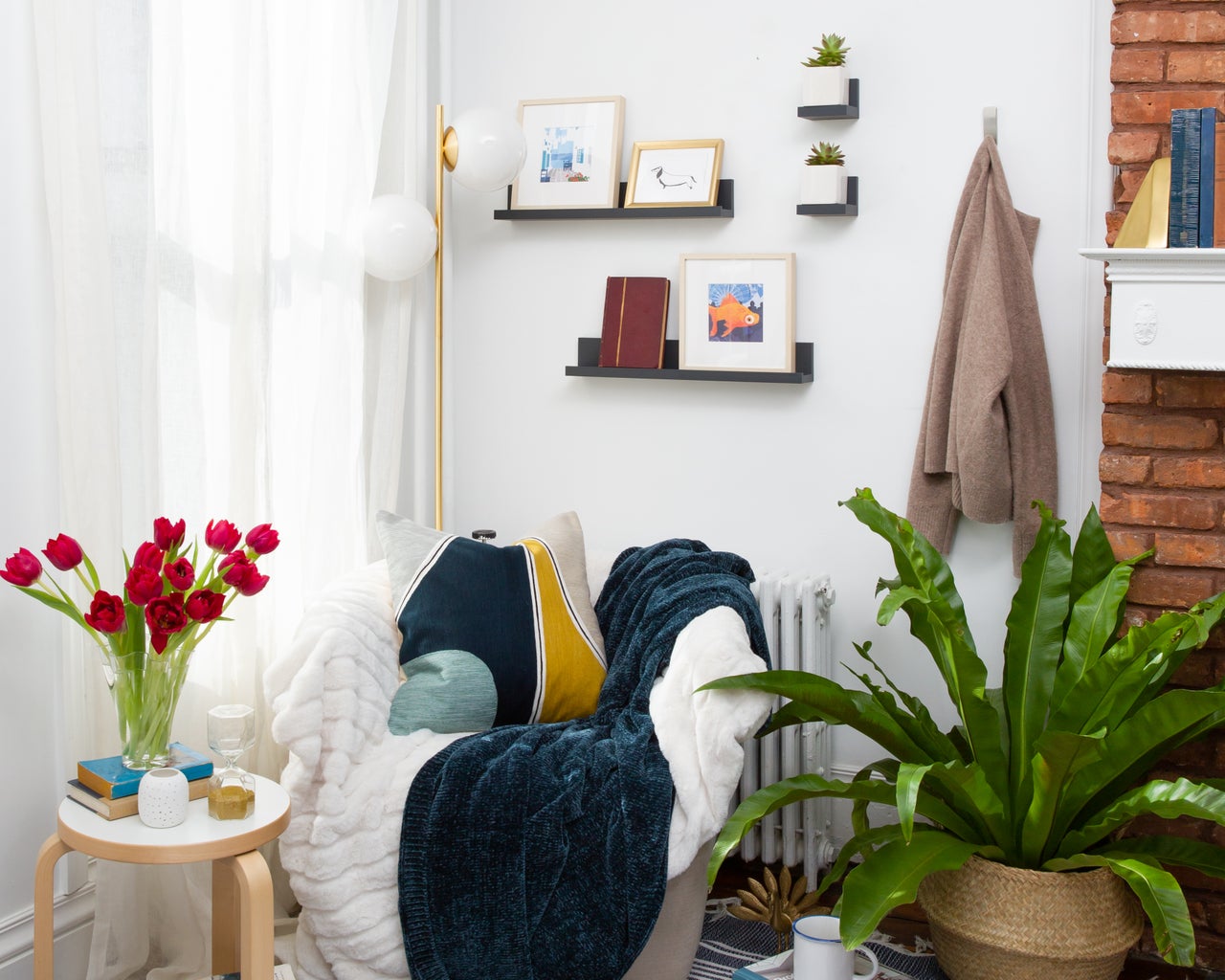If you’re looking to create more positivity within your living space, there’s a practice that you’ll definitely want to explore! The art of feng shui is something that I recently got into, and while I was a bit skeptical at first, the more I learned about it, the more it made sense and began to impact my life.
If you’ve never heard of the term before, feng shui is an interior design philosophy that’s incorporated within the home to promote peace and balance. It directly translates to “wind-water,” which perfectly captures the intent behind its ideology of fluidity. Feng shui is rooted In Taoism — the belief of existing in harmony with nature, to put it simply — and its origins date back to as far as ancient China. It serves as a foundation for how people can arrange their home in order to create positive chi, or energy, that is believed to flow through all of our surroundings.
From the way furniture is placed to which direction specific objects face, the very layout of one’s home contributes to the production of energy, and when objects aren’t positioned harmoniously, negative energy can accumulate and affect our well being, relationships, and even our productivity.
This is especially true for me when it comes to sleep. I once hung several posters over the head of my bed, and ever since I put them up, I experienced constant nightmares. I didn’t really understand why these nightmares kept happening each night, but when I decided to remove the posters and place them somewhere else, the nightmares stopped immediately.
Now, there could be several different factors coming into play when it comes to sleep disturbances and nightmares, so I wouldn’t pin the reason for my improvement solely on feng shui; however, I do believe it played a significant role, because after implementing various feng shui techniques over time, I discovered small improvements in various aspects of my life.
Feng shui revolves several essential concepts such as the five elements: water, wood, fire, earth, and metal. These elements are attached to certain colors that best represents their energies. For instance, the colors blue and green represent wood whereas white, beige, and silver represent metal. This can also tie into the idea of color theory, which explores how colors can affect emotions and perceptions, especially when it comes to marketing strategies or even in films in order to elicit specific reactions.
Aside from the elements, each color has its own effect on the home and in specific rooms, so when it comes to decorating your bedroom in your apartment or dorm, the best color to decorate with would be green for its harmonious energies! You can incorporate green with things like plants, paint, and more.
However, be careful as with how you incorporate colors into your home, as there are colors that should be avoided in specific areas. For instance, purple is a high-frequency color because of its strong connection to spirituality, especially in terms of the seventh chakra. Since it’s such a strong color, it should be used in moderation or as an accent color within your home.
In addition to elements and colors being an essential part of feng shui, the bagua, or energy map, and the commanding position are other important concepts that dive into the meanings behind specific interior spaces. The bagua is formatted into eight different sections around a center. Each space represents a specific aspect of one’s life: abundance, recognition, relationships, new beginnings, health, completion, knowledge, benefactors, and one’s path in life. You can refer to this chart as you adorn your home with colors or decorations, and that way, you’ll understand how these elements come into play in different parts of your life!
Additionally, the commanding position is an important tool when it comes one’s security. This mostly refers to the placement of the bed and desk, as you want to be in a position where you can easily see the door. Negative energies arise when we have our back facing the exit because we are most vulnerable in that state, and naturally, I also feel uncomfortable by just thinking about it!
Another key point to remember is that your desk or bed should not be directly in-line with the doorway. This invites outside energy into your own personal space, causing distractions and unnecessary stress. Unfortunately, my bed is directly in-line with my door, and since there’s nothing I can do about the placement of my bed, I hung a small crystal beside it to adjust the flow of energy within my room.
Lastly, there will be times when you can’t change the arrangement of your space for various reasons, so you can always find ways to redirect negative energies without having to do major reworking. One of the easiest ways to repel negative energy is getting rid of clutter; doing this creates more positive flow, and in turn, you’ll start to see improvement in day-to-day life. Easy!
If you’d like a more in-depth explanation on feng shui tips in general, make sure to check out @anjiecho‘s podcast Holistic Spaces, where she incorporates other people’s experiences with feng shui as well! I hope this helped and inspired you to explore feng shui!



